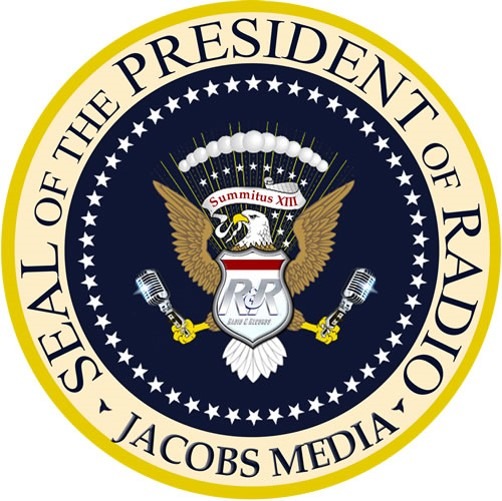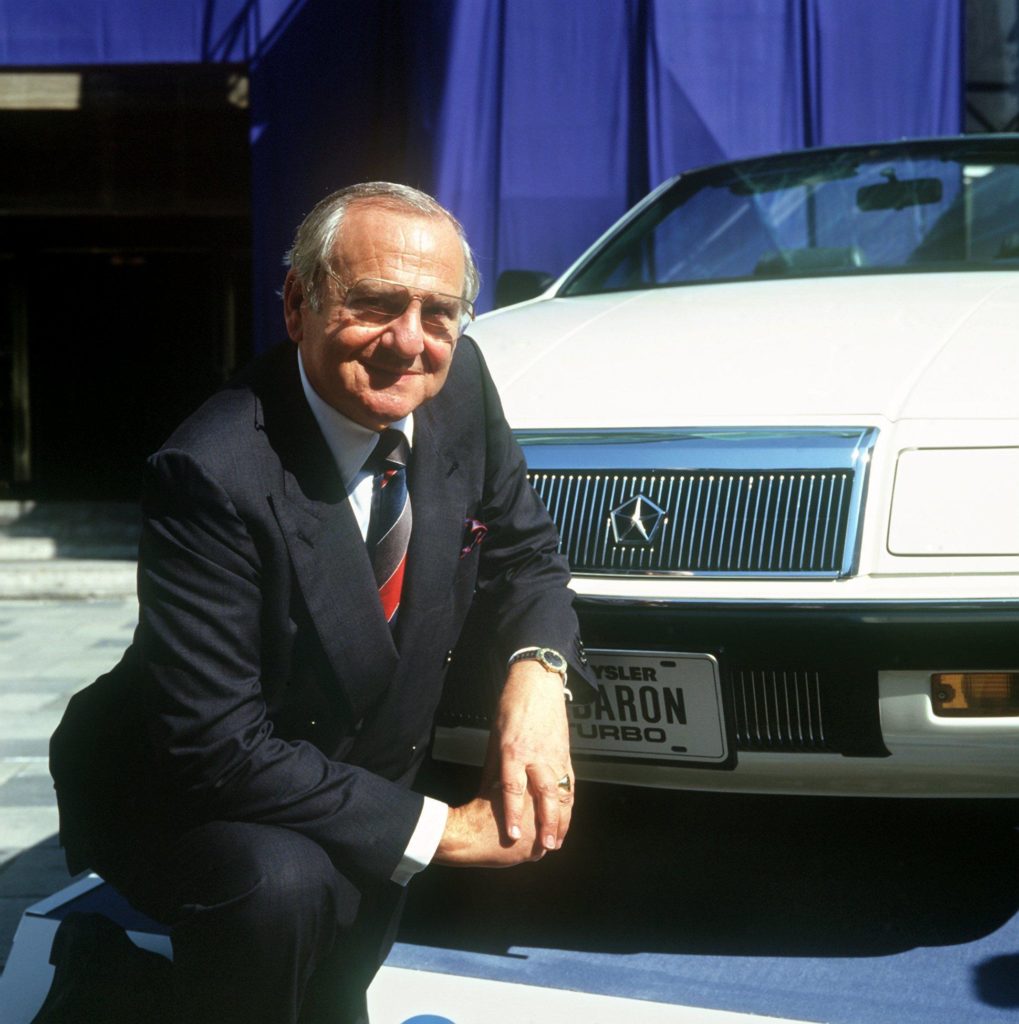
If you’re a Michigander or you’re into cars, the death of Lee Iacocca earlier this month probably caught your attention. For those of you who aren’t from “the Mitten” or who grew up post-1990, you may have missed this bigger-than-life corporate executive.
Iacocca got his start at Ford where he became known as the “father of the Mustang.” In the late 70’s, he switched uniforms and took over fledgling Chrysler Corporation. The smallest company of the “Big 3” was foundering, and Iacocca became the force behind their resurgence, introducing the K-car to America in 1981.
To ensure its success, Chrysler’s marketers decided to use the most influential, knowledgeable, and persuasive spokesperson they could find – the boss, Lee Iacocca. He wasn’t the best looking or the smoothest. He certainly wasn’t funny. But Iacocca could sell cars. And that’s what Chrysler needed as the U.S. found itself in another recession in the early ’80s.
He became the face of Chrysler Corporation’s comeback, leveraged on the design and debut of the K-car. And his “If you can find a better car, buy it” slogan became emblazoned in America’s mindset. It was a mantra everyone could recite.
Before Iacocca, most companies wouldn’t have thought of using their CEO as their pitch man. Most corporate chieftains were in the background, often unknown to everyone but the Wall Street community. The suits (yes, they were mostly white males) hung back in their corner offices, running their companies with a degree of anonymity not known today.
That’s because we have come to know many of the people who run the companies we interact with. Jeff Bezos, Mark Zuckerberg, Elon Musk, Tim Cook, Richard Branson, and Oprah Winfrey are synonymous with the businesses they run.
That formula isn’t always effective, but consumers appear to like knowing who’s sitting at the head of the conference room table, calling the shots. And if that person is especially persuasive and believable, all the better.
Networks like CNBC and Fox Business News have vaulted many CEOs into the limelight. It may not have started with Lee Iacocca, but he certainly popularized what has become a brand marketing trend.
But when it comes to radio’s growing list of competitors, the names and faces of their head honchos aren’t especially top of mind. Daniel Eck may be the force behind Spotify, but most people would be hard-pressed to name him, much less pick him out of a police lineup. Who runs SiriusXM? Or Slate? Or TuneIn? Or Hulu?
 Many of radio’s CEOs are smart people who are media savvy with the ability to look you in the eye and communicate a message. Putting a face on radio (not a disc jockey, but an executive) could be a way for broadcasters to get the medium back in the spotlight.
Many of radio’s CEOs are smart people who are media savvy with the ability to look you in the eye and communicate a message. Putting a face on radio (not a disc jockey, but an executive) could be a way for broadcasters to get the medium back in the spotlight.
Every research study you see these days suggests that trust in institutions, the media, and brands are at an all-time low as consumers grow more skeptical and jaded. In this environment, loyalty is fleeting, as consumers continue to shop around for what’s next.
Back when Chrysler Corporation was the runt of the Big Three, and losing ground to foreign car makers, the company’s agency went right to the corner office for leadership and to put a face on the company.
By the way, the K-car was not a great vehicle. Far from it.
Thanks to Lee Iacocca, “the man” for Chrysler, they still sold a lot of them.
Radio has a lot of challenges, but it also has a lot of positives, most of which are simply not cutting through in this environment. Perhaps a persuasive pitchman – or woman – could create a narrative for a medium that’s been part of the American media fabric for nearly a century.
Does radio need a “radio face?”
Below is one of those Lee Iacocca commercials for the Chrysler LeBaron series:
- What To Do If Your Radio Station Goes Through A Midlife Crisis - April 25, 2025
- A 2020 Lesson?It Could All Be Gone In A Flash - April 24, 2025
- How AI Can Give Radio Personalities More…PERSONALITY - April 23, 2025




If you can find a better pitchman, hire him!
Exactly, Dave!